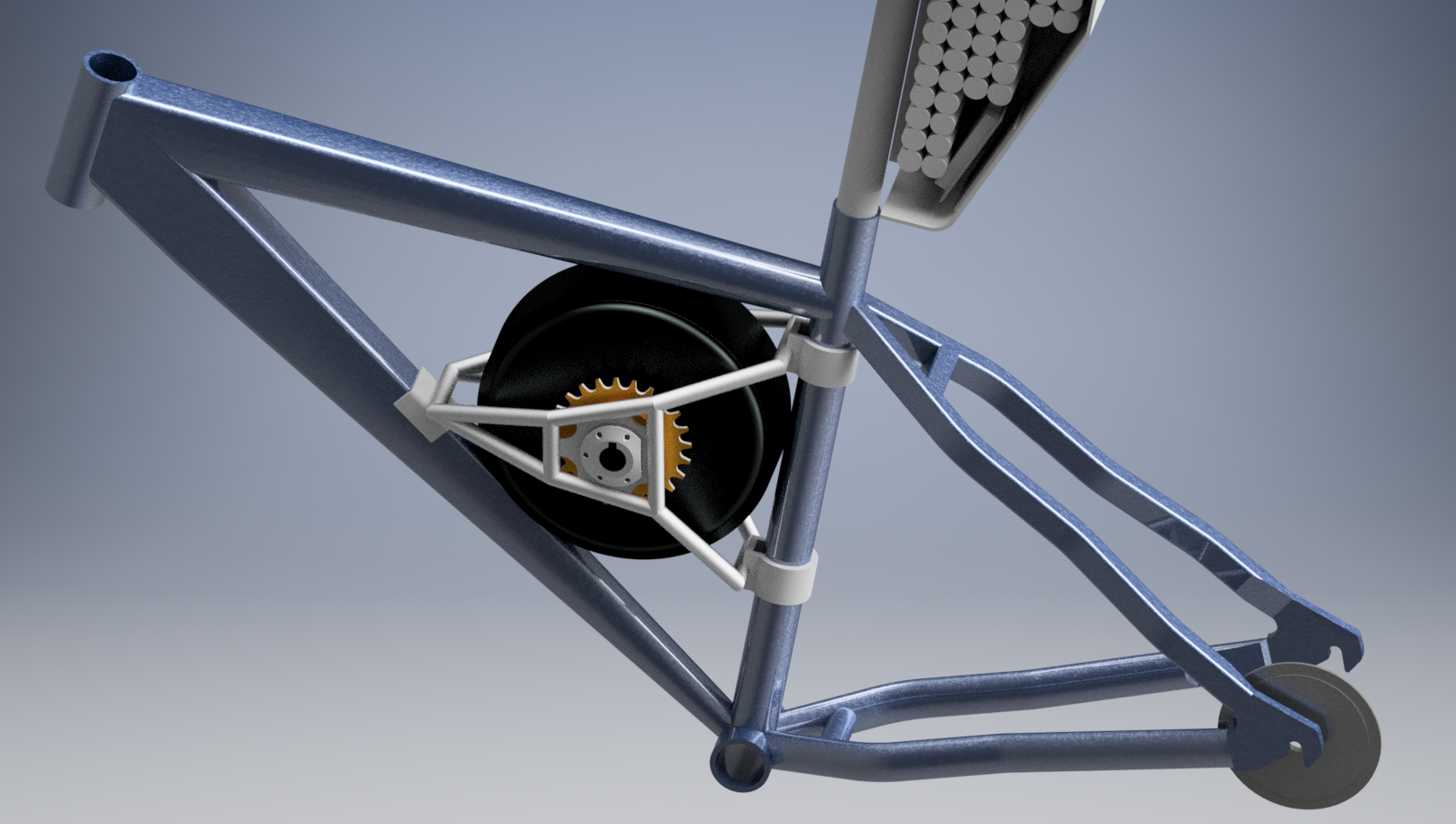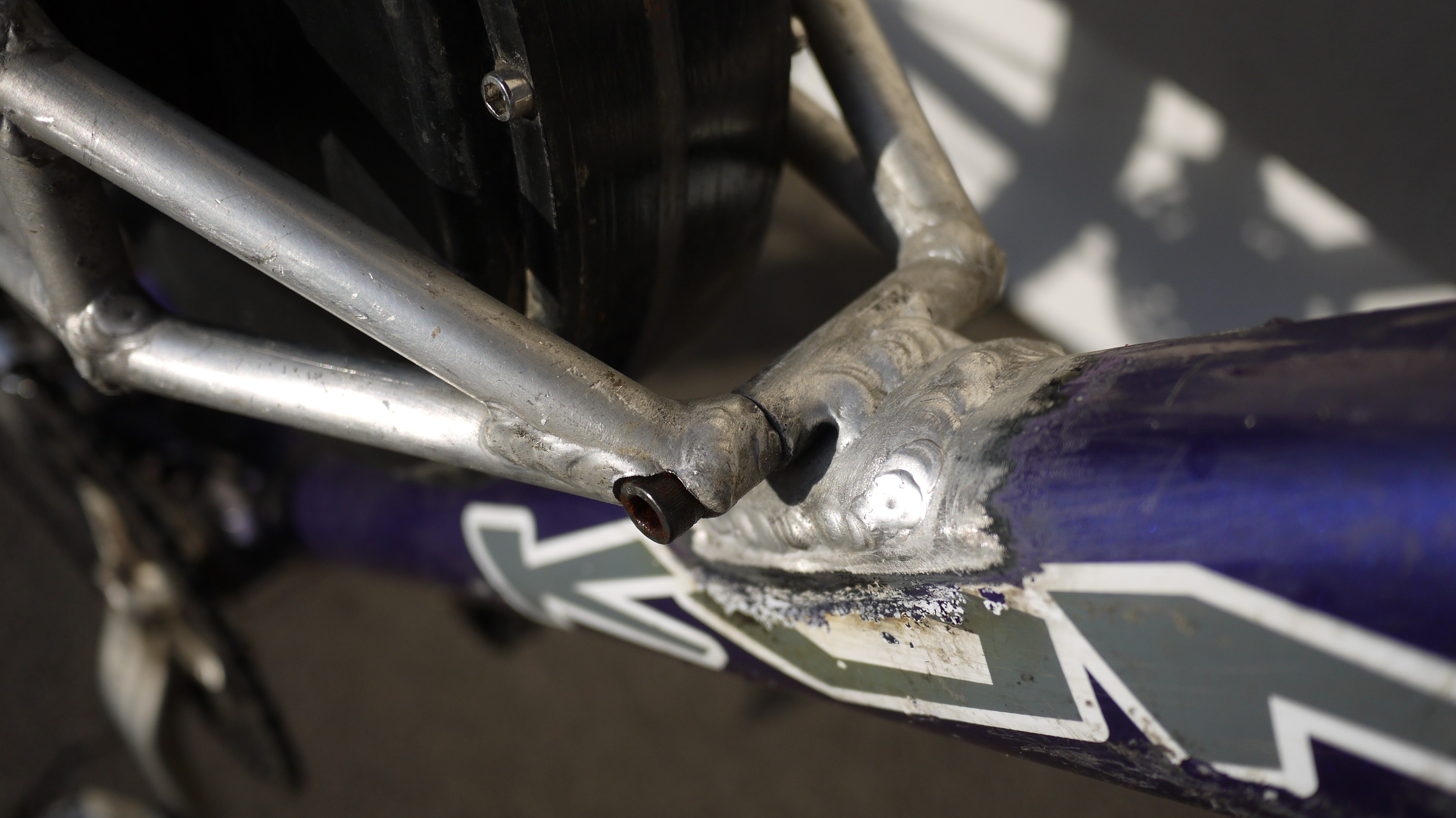Design Criteria
- Fast – For me fast = fun
- Rugged – Has to cope with off-road use
- High torque - Good hill climbing ability
- Reasonable Looks – I didn’t want the classic home-made E-Bike look!
- Must be able to pedal without turning the motor.
Introduction
In January 2018 London received a fair amount of snow and of course the city ground to a halt. I swapped my normal road bike for my rarely used mountain bike which got me to work with minimal crashes on the snowy bike lanes. However, I realised how slow and heavy this bike was. Around that time, I discovered the endless sphere electric vehicle forum which is full of people making stupidly fast electric bicycles. Some spare PayPal cash invested on a large hub motor set this project in motion!
This is the combination of other projects listed on my profile:
https://hackaday.io/project/158982-rtvesc-a-high-current-vesc-based-bldc-controller
https://hackaday.io/project/158878-900wh-e-bike-battery-pack
Why mount a hub motor not in the hub?
Most of the home-made e-bikes I had seen simply used a large hub motor in the front or rear wheel. I did not like this approach for the following reasons:
- Fine for flat roads, but the demands of off road riding and hills reportedly overheats hub motors.
- Axle dropouts must be modified to resist the high torque of the motor
- Hub motors are heavy. Badly distributed weight would unbalance the bike. Not good for jumps.
- I think bug hub motors ruin the look of a bike.
- I liked my wheels and didn’t want to rebuild them.
I found some very well priced 1.5kW hub motors on ebay. The information was sparse but by referencing a known dimension on the photos (PCD of disk brake mounting holes) I determined that with the spoke flanges machined off the motor would just fit in the frame. Rumour had it that these motors could take over double their rated capacity. I couldn’t part with £125 quick enough!
Why not use a ready-made mid-drive unit (Bafang, Bosh etc)
Obviously, I am creating a mid-drive system here. Why would I not buy an off the shelf unit?
- These things are very expensive. Including the battery I didn’t spend this much.
- Limited power handling
- I do not like the way that all the motor power goes through the derailleur, thin chain and fragile sprockets. In my experience these parts are very week
- Where’s the challenge?
Motor Frame
I measured the bike frame as best I could and drew it up in CAD. I printed the area inside the triangle to scale to check the model and after a few tweaks I was sure the motor wild fit with a few mm to spare between each frame tube.
I spent much time mocking up different frame styles to hold the motor. Originally, I had envisioned a framework made from thin plate to keep the width down, but this did not look very elegant or very strong. An added complication was that the frame would have to split to allow the removal of the motor.
 |
| Above: Final design of motor frame |
I settled on using 13mm, thick walled aluminium tube. This looked good in my opinion. Also, it was cheep and could be ordered in small quantities easily. 1/2" x 10swg available at £6 per meter on Ebay. This has an internal diameter of 6.2mm. I was able to tap and helicoil this to thread in an M6 bolt. This is how the frame separates to remove the motor.
 |
| Above: Frame is made of two halves secured by M6 hex hed bolts into helicoiled threaded inserts |
I had only welded aluminium a few times before and would have much preferred to use steel tubing, but this was twice the price and I would not have been able to weld it to the frame. The welding wasn’t as neat as I would have liked in places but I learnt allot doing this and the next one will be better.
Initially I wasn’t sure if the end result would justify ruining my nice bike,...
Read more » Rory
Rory
Your effort is amazing. I have learned a great deal from this venture. I would like to share it with the Emergeny roof repair team so they can peruse it and incorporate something new into our current endeavors.